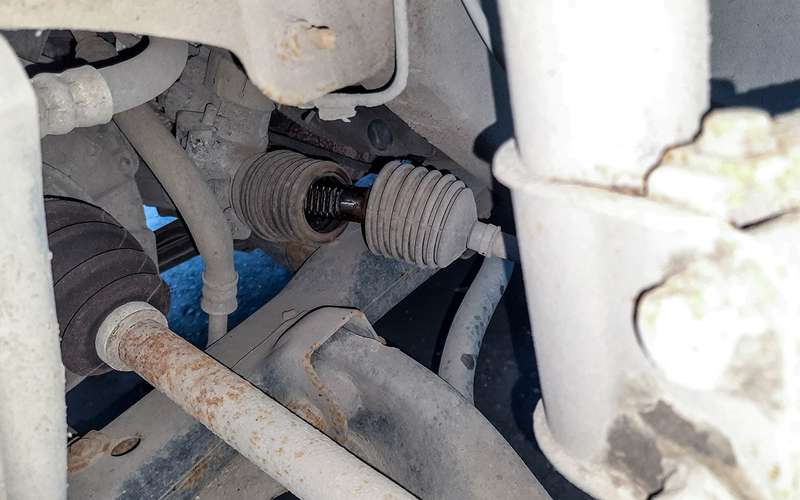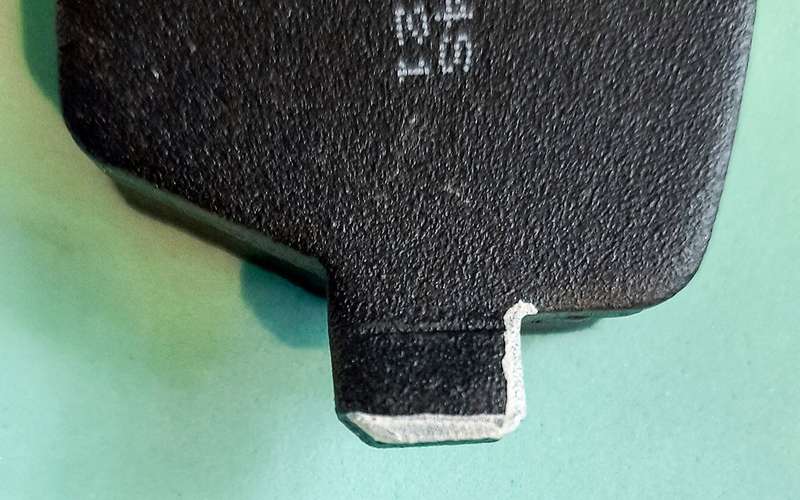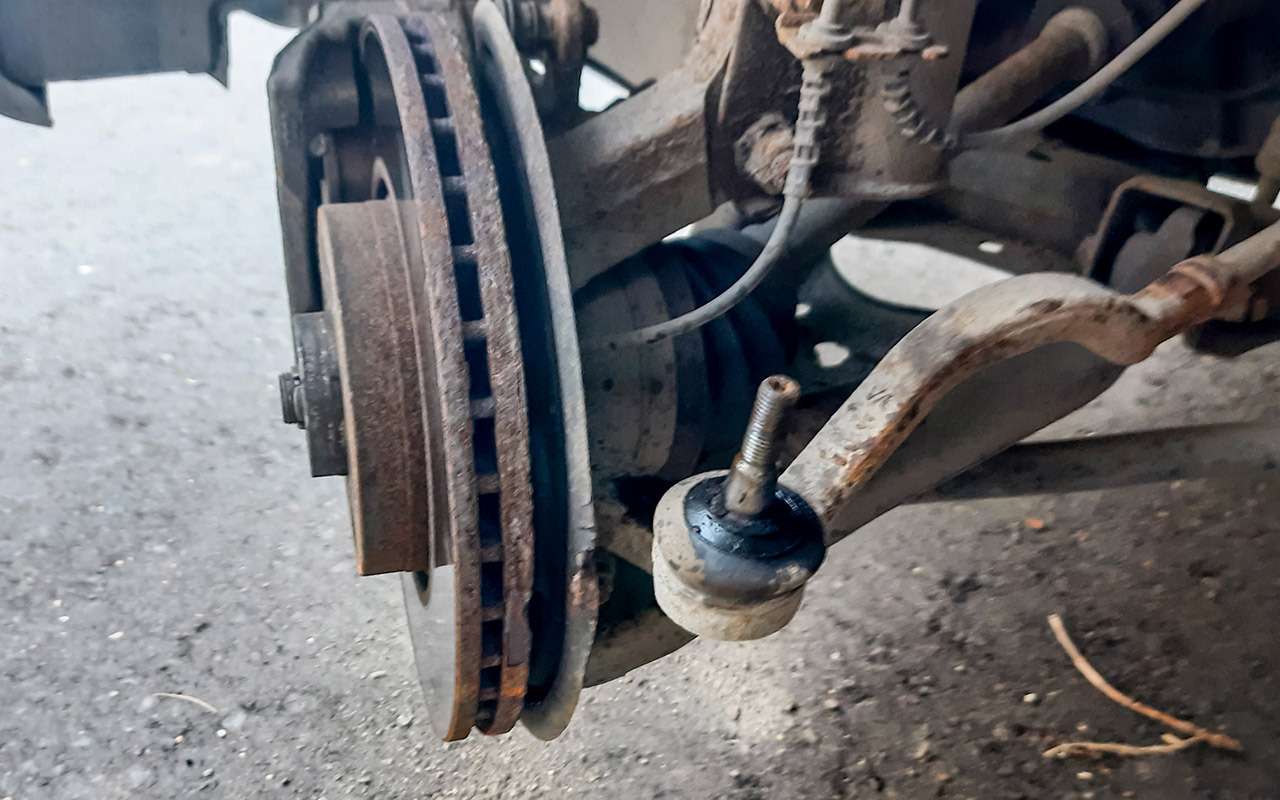In August, we celebrated the anniversary of the editorial fleet’s old-timer. We don’t have a car older than Largus. The veteran’s condition after ten years of driving is still very happy. Largely because the intensity of exploitation has decreased significantly. The first five years, the car participated in the marathon “60 hours” Driving “” and long-distance running, and therefore the mileage was quickly settled and amounted to about 100 thousand kilometers.
Then the car began to perform transport tasks – to transport car parts for our investigations, sometimes on business trips. As a result, the mileage has been halved.
This also happens in other cars. One owner drives more, the other less. Although the average mileage of Largus is generally about 15 thousand kilometers per year, which has always been considered the norm, the calculated “stove”. And it’s not for nothing that maintenance regulations for most cars require that a minimum of 15 thousand kilometers – or at least once a year – be carried out.
What do you like?
The veteran has a lot to love. Most importantly, despite minor repairs, amazing reliability. Not once has the old Largus disrupted an event for not starting or not riding. On the contrary, several tests were carried out on it, endangering the health of electronic components. We tried to start the engine with batteries of different health grades, with the battery of a screwdriver and even with a welding machine! And we also looked at the possibility of driving without a generator and without a battery. And it never burned down!
Replacing the tie rod end in the garden is a small matter.
The Renault K4M engine (16 valves, 102 hp) is the strong point of the early Largus. Service is minimal. Candles, oil, filters and once every 120,000 kilometers belts (distribution and drive) along with rollers and a coolant pump. And that’s it. The engine oil consumption is imperceptible, there are no leaks, it pulls well, there is no need to adjust the valves – just a dream engine. It is a pity that they are no longer placed since the autumn of 2017.
What disturbs?
But the fuel consumption is significant. This is due to urban driving and the fact that the driver does not neglect warming up – minutes in the summer and much longer in the winter. But there are also a few other factors.
The thermostat has been replaced twice before. When observing the machine behavior and measuring the engine temperature using the Multitronics device, I came to the conclusion that the system is not working normally. The fact is that in winter the engine does not warm up – the on-board computer sees a temperature of about 81 ° C, but in summer it jumps from 83 to 99 ° C. Above that, a powerful electric fan will not allow. Such temperature fluctuations cause an increase in fuel consumption, and in winter, with marked underheating, it is even greater. I plan to install a thermostat with a factory opening temperature of 89°C.
I saw the second reason for overspending while changing seasonal tires. After discovering the critical wear on the front brake pads, I noticed how hard they come out of the guides during disassembly. It turns out that with fully serviceable calipers, the brake pads, without departing from the discs, constantly rub, wear out and increase fuel consumption.

When installing new pads, I not only cleaned the guides of dirt and rust, but also decided to give the pads a little more freedom. To do this, I literally sharpened the protrusions on the emery by half a millimeter, so that they began to play a little in the guides. The calculation was that dirt and oxides with increased mobility from the pads would remove themselves. This was confirmed by a subsequent operation. The car began to roll down the slightest inclines in the roadway. Such a technique is especially necessary for cars with few annual trips, and after the modification, no beeps and bumps have occurred.
What’s broken? Are there spare parts?
Somehow during the inspection I found a play in the ball pin of the left tie rod end. The time has come: 20 thousand kilometers before that, I changed the tip on the starboard side. Bought the part and decided to replace it in the yard. The work took less than an hour, but when I had already picked up the old part, I saw in horror the torn anther of the steering mechanism. This is serious already. You can not drive: dirt gets into the “rail”.
I installed the old tip back – what’s the point of flipping the new one back and forth? – and went for anther in another car. In case I took two, selected from the catalog. Then I drove the “wounded” Largus to the nearest self-service garage. After hanging the car on a lift, I discovered cracks in the second anther. Nothing, I took care of the stock!

But it turned out that the diameter of the anthers in the place of mounting the steering gear differs from the required by 10 mm! Purchased – 42 mm, and on the mechanism (and old anthers) 50-52 mm. Put on? In my 40 years of experience in car repair, I can not remember that the trunk of the “rail”, CV-joint or a pipe had such a malfunction.
We need to have the right dusters. But a taxi ride to several major auto parts stores yielded zero results. Anthers with a diameter of 42 mm were displayed everywhere. A quick analysis of the situation on the Internet (the taximeter is ticking) showed that I am not the only one faced with such an embarrassment. Who tightens the anthers on the fitting of the fire extinguisher, who puts the anther at night on a thorn of a suitable diameter in the freezer, which, on the contrary, heats in boiling water! And what will be the raw material of such rubber? Sellers in stores claim that with the selection of many other parts for Largus – the same pandemonium: “This model is a mishmash!”


I preferred to buy universal repair anthers, which have different landing diameters, and you can get the right one by cutting off the excess, similar to fitting insoles.
But the rubber of these anthers is thin. Since I seem to have fitted the tips accurately and the handlebars haven’t lost their position, I’ve decided not to do wheel alignment for now, but see how the anthers will go. If all is well, I will go to the stands. Well, if it’s bad, I already think it’s necessary to take anthers from Nissans, as they say on the internet.
What did you have to “wake up”?
All improvements to the car are working properly. Think of the aforementioned Multitronics, daytime running lights in the form of high beams that burn at 30% and an hour meter. The air conditioning system, filled by itself more than a year ago at minimal cost, also showed itself perfectly. That’s why Largus and I are optimistic in the second decade.
Lada Largus, 1.6 (102 hp), M5
- Manufacturer — AVTOVAZ
- Year of issue — 2012
- In operation “Behind the wheel” – since August 2012
- Mileage at time of report 143,500 km
Operating and maintenance costs (13,000–143,500 km) *,
- Maintenance costs 136,700–143,500 km 50 220
- Of which for petrol (AI-95, average consumption 11.07 l/100 km) 38 875
- Engine oil 5 l 6210
- oil filter 355
- Air filter 450
- cabin filter 390
- Tie rod end 630
- Steering rack covers, 2 pcs. 1600
- Lid clamps, 2 pcs. 520
- Front brake pads 1190
- General Expenses 647 824
- Cost 1 km running $4.96
* Excluding transport tax, costs for OSAGO and Casco policies.
You can ask a question about the operation of an editorial car in our section “Park ZR” – we will answer!
- A full report on the outages from the Largus editors is here.
- “Driving” can also be viewed on YouTube.
There are two reasons for increased fuel consumption, and both can be effectively addressed.




